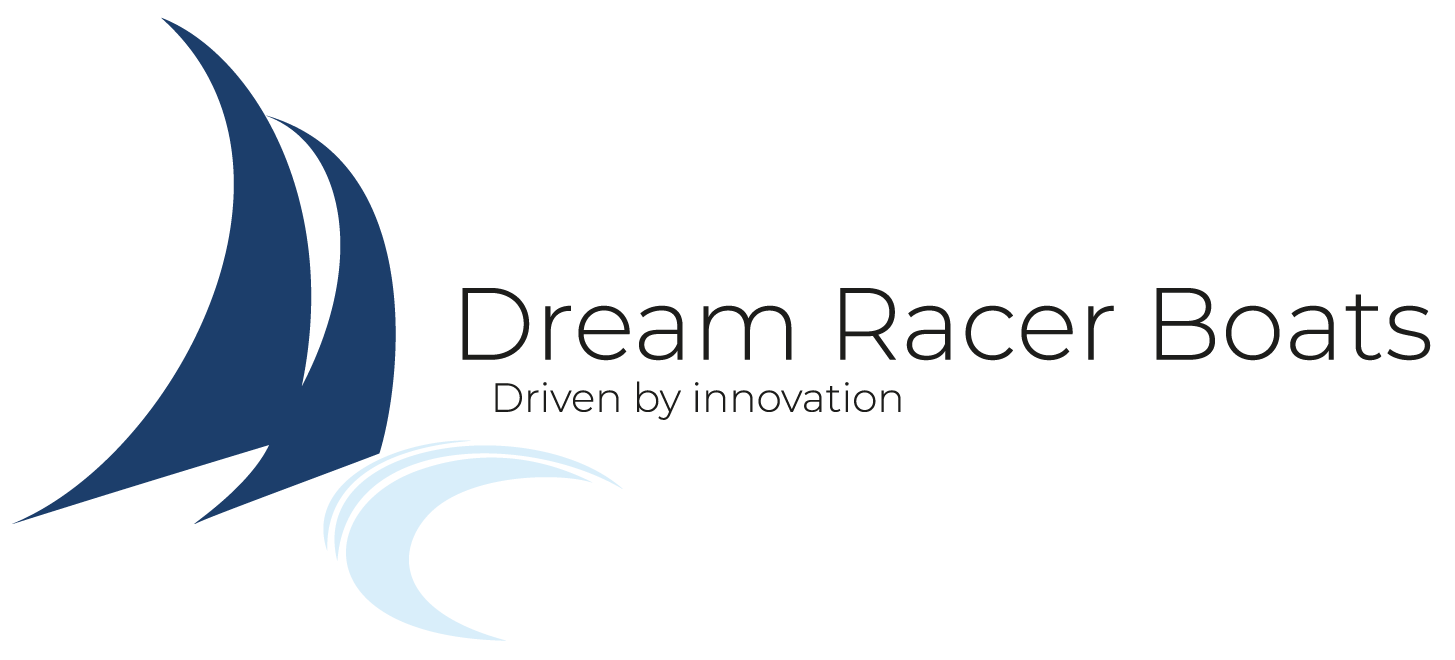
18 Mar Yachting : circular design and eco-design
Circular design is in line of a long-term action and in environmental compliance. In interior design, it is explored by different organizations who make observations : how are made our furnitures, what are they made of, what could be solutions to have a more responsible approach while reducing waste.
Green economy dynamic
 At Dream Racer Boats, we are in a green economy dynamic. We are looking forward to use green materials which can be recycled. In general, in yachting, it is the composite which is mainly used. Composite is an alloy of many materials, as fiberglass and resin.
At Dream Racer Boats, we are in a green economy dynamic. We are looking forward to use green materials which can be recycled. In general, in yachting, it is the composite which is mainly used. Composite is an alloy of many materials, as fiberglass and resin.
It has plenty of benefits as its lightness, its high mechanical performance, moreover it has excellent resistance to agressive environments. However, during its execution, by contact, by projection or by injection, some material is often wasted. Its manufacture gives off steam, uses consumables like pipes or tarps. That is why, by its severals compositions and executions, composite’s recycling is complex. Is is necessary today to pay attention to the futur of these materials.
What is the circular design ?
The principle of this economy is to improve efficiency of resource use, to reduce environmental footprint and to develop well-being of consumers. To respect the cycle of auto charge : a product or a furniture no longer empties, they are several lifes. They are continually re-used. This way, we have less waste and we made savings.
This circular design is also interesting about the long durability of the product, material recovering, and also allows to re-used this products and find news uses for innovative goal. The point is to stop this linear economy of fabrication, production, consumption, waste. The effect could be more positive on the economy and the life of the product could be optimised. Moreover, using renewable raw materials to product chemical products is a major issue. So it becomes important to value biomass (sugar, vegetables oil…) to make productions cleaner which does not use fossil raw materials. In this effort, we are working on the implementation of thermosettable materials made from a cork core and linen fibers.
« Nothing is lost, nothing is created, everything is transformed.» Lavoisier
Which materials for tomorrow ?
To be truly “green”, the material has to meet different criteria. Its raw material must not participate in the destruction of the environment. The material must have a low energy impact. The second life of this material must have been thinking up. For example, KRION® is a solid surface new generation, composed by two thirds of natural minerals : it is 100% recyclable.
Furthermore, the manufacturer Armacell developed a technical foam with recycling PET of packaging, including plastic bottles. This foam is used in transports, and in the yachting sector. This foam has a great capacity of recycling.
In addition to this, Polyurethane foam is sometimes made of virgin materials and powder. This powder is made by grinding waste of industrial cutting. So the material is not wasted. It is recycled to have a new material. Such as panels, high density profiles which can replace wood particules panels.
In interior design, we can talk about the research of an American professor on eco-leather, Richard Wool. By combining natural materials like cotton or linen with corn, soybeans or vegetables oils, we have a texture equivalent to the animal leather. This vegetable leather is biodegradable and water resistant. It is not yet marketed because researches are recent. However sports brand like Adidas or Nike would be interested with this development of this eco-friendly material.
How to do it ?
Ideally, something called the clean process should be used. It consists to product with the least steam, making a minimum of non upgrading waste, and optimizing the consumption of natural resources. This development is possible by working with environmental specialists who analyse the life cycle of the end life product and analyse the industrial environment. So it is possible to manufacture materials from plant and animal sector : it is the bio-based materials (cellulose wadding, duck feather, sheep wool). Their applications are diverse. But these materials are mostly used for structures, insulation, or as composite materials. The other challenge is to limit waste during the production. We have to minimize it and use these scraps to create other elements.
The strategy of our company is to make sure that productions are clean and take part to the cradle to cradle. Reduce waste, recycle materials in a closed cycle, and have a positive impact on the economy. We care about the establishment, in our deployment, of a fair balance between good operating methods and this eco-design.

